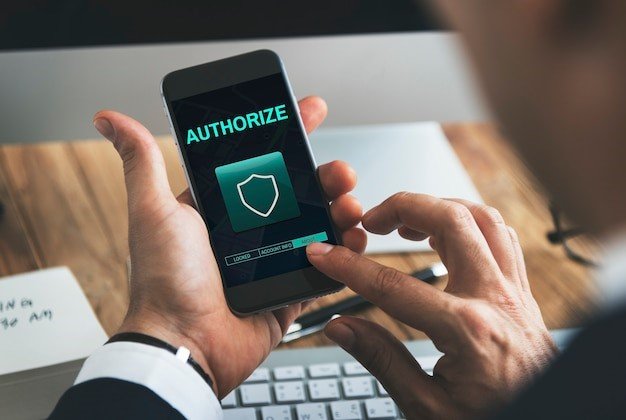Don't leave your API vulnerable to attacks- follow these best practices for security and authentication
APIs (Application Programming Interfaces) are essential for connecting different systems and applications, enabling them to exchange data and interact with each other. However, with the increased use of APIs, it’s crucial to ensure that they are secure and authenticated. In this article, we’ll discuss some tips for API security and authentication.
Use HTTPS: Using HTTPS (Hyper Text Transfer Protocol Secure) is a basic yet essential step in securing your API. HTTPS encrypts the data that is transmitted between the client and the server, preventing eavesdropping and data interception. You can obtain an SSL/TLS certificate from a trusted certificate authority (CA) to enable HTTPS for your API.

Implement OAuth:
OAuth (Open Authorization) is an industry-standard protocol for authentication and authorization. OAuth enables users to authorize third-party applications to access their data without giving away their credentials. Implementing OAuth in your API ensures that only authorized users can access your API, preventing unauthorized access and data breaches.
Use API Keys:
API keys are unique codes that are assigned to a user or application to access your API. Using API keys ensures that only authorized users can access your API, and you can track and monitor the usage of your API by different users or applications. API keys can be used in combination with OAuth for additional security and authentication.
Implement Rate Limiting:
Rate limiting is a technique that limits the number of requests that can be made to your API within a specific time frame. Implementing rate limiting in your API ensures that your API is not overloaded with requests and prevents potential denial of service attacks. Rate limiting can also help you identify and block abusive users or applications.
Use Strong Authentication Methods:
Using strong authentication methods, such as multi-factor authentication (MFA) and biometric authentication, can add an extra layer of security to your API. MFA requires users to provide additional authentication factors, such as a code sent to their phone, in addition to their credentials. Biometric authentication uses physical characteristics, such as fingerprints or facial recognition, to authenticate users.
Monitor Your API:
Monitoring your API regularly can help you identify potential security threats and vulnerabilities. You can use API management tools and analytics to monitor the usage of your API and detect any suspicious activity or abnormal traffic patterns.
Conclusion:
API security and authentication are critical for protecting your API and ensuring the privacy and security of your users’ data. By following these tips, you can ensure that your API is secure, authenticated, and resilient to potential threats and attacks. By implementing the best practices for API security and authentication, you can build trust with your users and establish a reputation for reliability and security.

